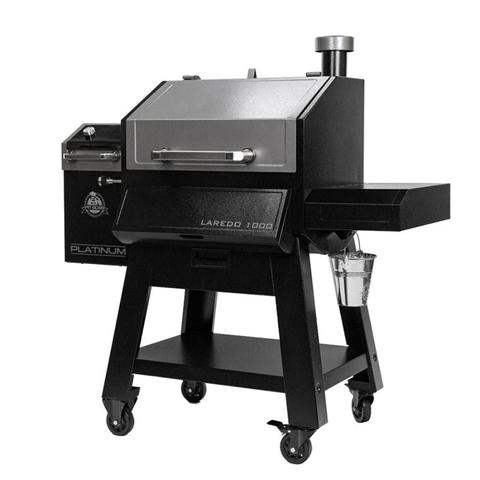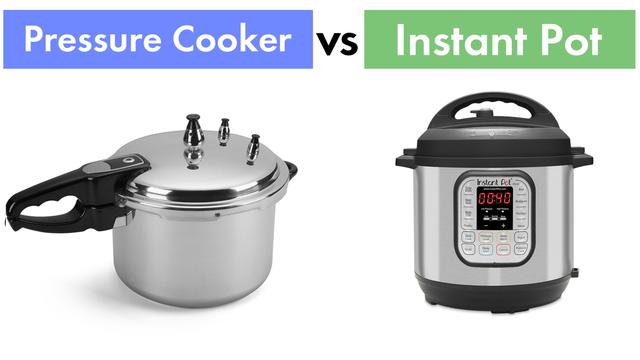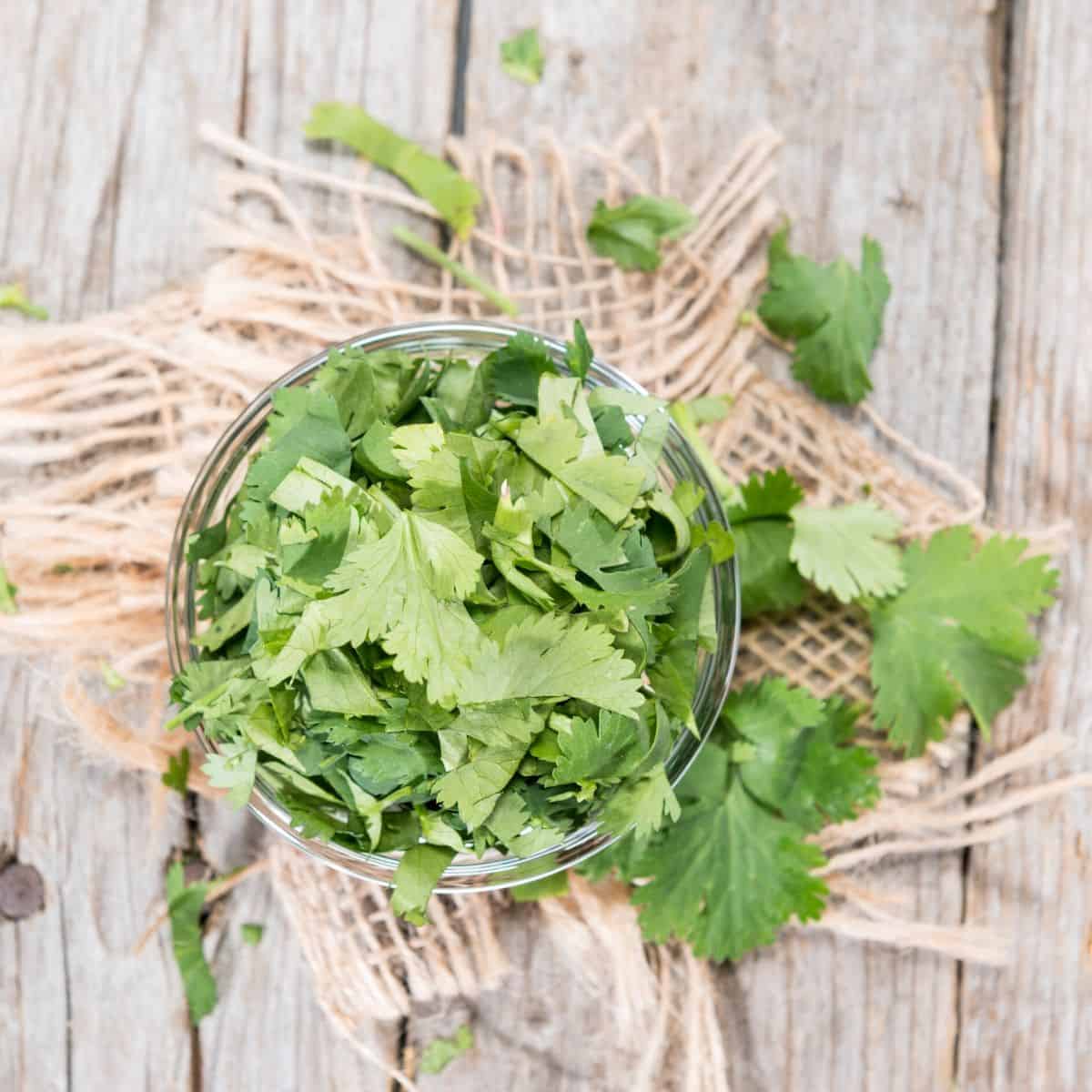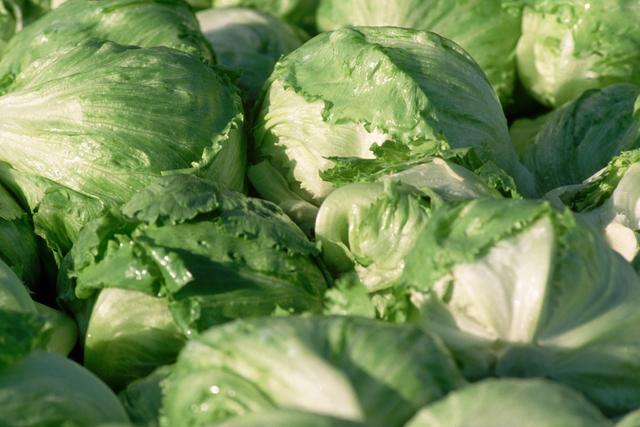
“Can’t Digest Lettuce? Discover the Culprit Behind Your Discomfort and Find Relief! Explore Possible Causes, Symptoms, and Effective Solutions to Ensure a Comfortable Diet.”
Is Iceberg Lettuce Hard to Digest?
For most people, iceberg lettuce is generally considered easier to digest compared to other leafy greens. However, some individuals may experience difficulty passing lettuce through their system, indicating a possible intolerance. This is because everyone has a unique gut with its own strengths and weaknesses, and some individuals may struggle with certain types of food, including fibrous greens like iceberg lettuce.

One of the main reasons why some people find lettuce hard to digest is due to its high fiber content. Fiber helps facilitate the absorption of water in the large intestine, keeping things moving smoothly in the digestive tract. However, consuming excessive amounts of fiber can lead to diarrhea as the large intestine absorbs more water than necessary. This can result in loose stool and gastrointestinal discomfort.
In addition to fiber overload, it’s important to consider that you may have an allergy or intolerance to iceberg lettuce. If your discomfort exceeds normal indigestion symptoms and includes diarrhea, upset stomach, and bloating, it’s recommended to consult with a doctor for diagnosis. They can help determine whether your symptoms are due to an intolerance or another underlying issue.
Why is iceberg lettuce hard to digest?

Iceberg lettuce can be difficult to digest for some individuals due to its high fiber content. Fiber plays an important role in facilitating the absorption of water in the large intestine and keeping the digestive tract smooth. However, consuming excessive amounts of fiber from iceberg lettuce can lead to the large intestine absorbing more water than necessary, resulting in diarrhea and loose stools.
In addition to fiber overload, some people may struggle with breaking down cellulose, which is a type of fiber found in leafy greens including iceberg lettuce. This difficulty in breaking down cellulose can cause cramps and bloating.
It is important to note that while these digestion issues are common, they may also indicate an allergy or intolerance to iceberg lettuce. If symptoms such as diarrhea, upset stomach, and bloating persist or worsen, it is recommended to seek medical advice from a doctor to rule out any underlying conditions or infections.
What happens when I can’t digest lettuce?

When you can’t digest lettuce, it can lead to gastrointestinal discomfort and digestive issues. The main reason for difficulty in digesting lettuce is its high fiber content. Iceberg lettuce, in particular, contains a lot of fiber which helps in the absorption of water in the large intestine and facilitates smoother digestion. However, consuming too much fiber from lettuce can result in the large intestine absorbing more water than necessary, leading to diarrhea and loose stool.
In addition to fiber overload, some individuals may also have an allergy or intolerance to lettuce. If you experience symptoms such as diarrhea, upset stomach, bloating, cramps, frequent bathroom visits, and gas after consuming lettuce, it could indicate an intolerance or allergy. It is important to consult with a doctor for proper diagnosis if your discomfort exceeds normal indigestion.
If you are unable to digest lettuce properly, it is recommended to find greens that agree with your digestive system. While iceberg lettuce is generally easier to digest for most people, another ingredient in your salad could be causing the discomfort. Try isolating different salad ingredients and adjusting portion sizes to determine what specifically causes pain or digestive issues.
Should I avoid iceberg lettuce?
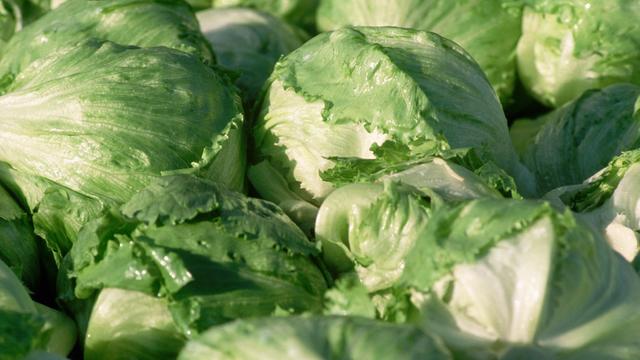
While iceberg lettuce is generally considered easier to digest, some individuals may experience difficulty passing it through their system. If you experience gastrointestinal discomfort after eating iceberg lettuce, you may have an intolerance. Everyone has a unique gut with its own strengths and weaknesses, so it’s important to listen to your body’s signals.
For most people, the difficulty in digesting iceberg lettuce comes down to its high fiber content. Fiber helps facilitate the absorption of water in the large intestine and keeps things moving smoothly in the digestive tract. However, consuming too much fiber can lead to diarrhea and loose stool. Some individuals may find it harder to break down cellulose, the fiber found in leafy greens like lettuce, resulting in cramps and bloating.
If you experience symptoms such as diarrhea, upset stomach, bloating, or discomfort in your lower abdomen after consuming iceberg lettuce, it may be worth considering if this particular green is causing your digestive issues. It’s also important to rule out any allergies or intolerances that could be contributing to your discomfort by seeking medical advice from your doctor.
In conclusion, if you find that you can’t digest lettuce, it may be due to its high fiber content or potential allergenic properties. It is important to listen to your body and consider alternative greens or cooking methods that may be easier on your digestive system. Consulting a healthcare professional can provide further guidance in managing any discomfort caused by consuming lettuce.
Learn More About Grilling
If you want to learn more about grilling, check out these other helpful resources!

